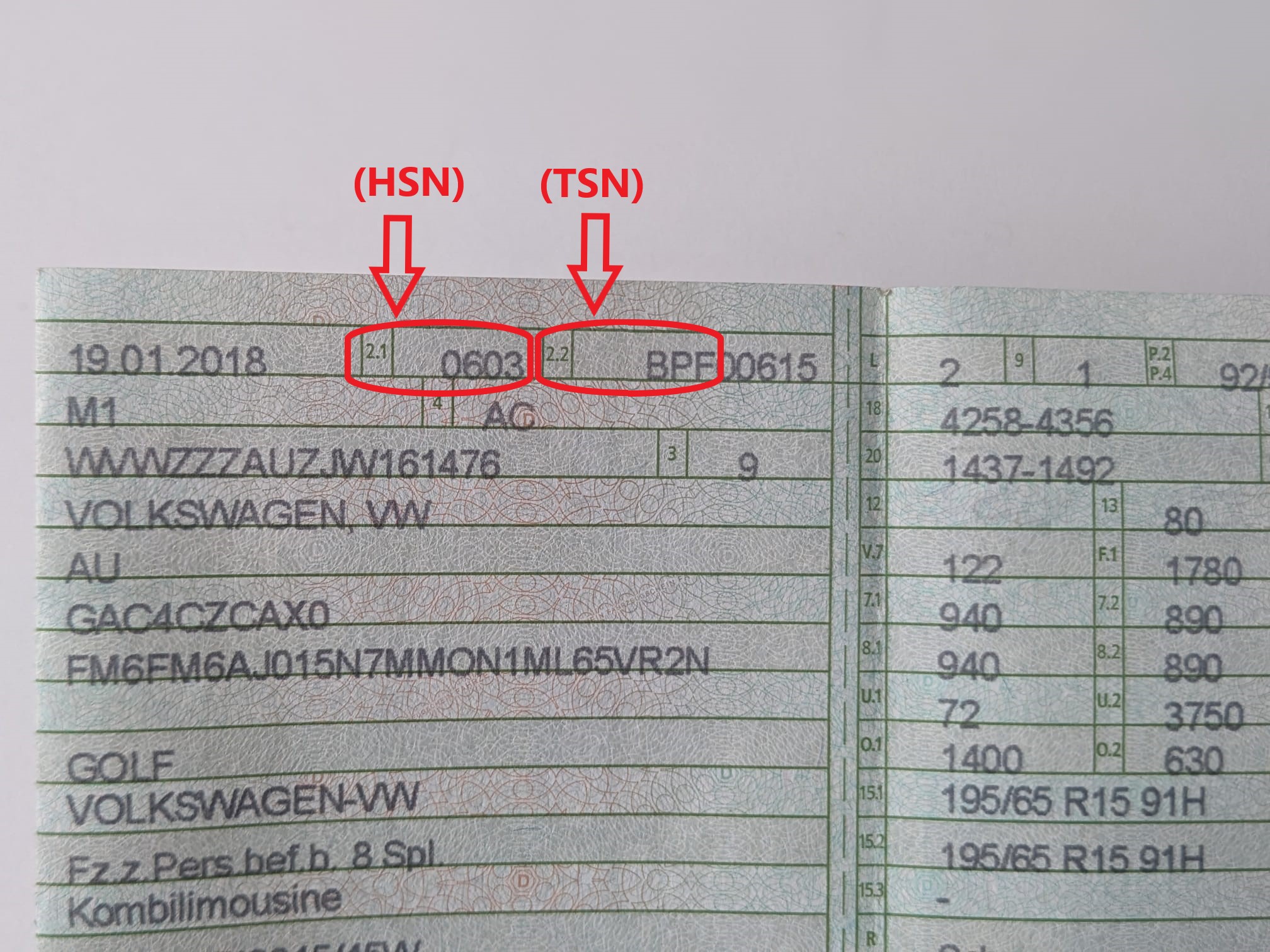Installation instructions for the Epytec brake system kit with the 6-piston Porsche Panamera brake callipers on the VW Golf 7 8 Audi A3

Scope of delivery article no.511 Kit
- 2x Cayenne 958 GTS Panamera brake calipers part number: 7PP615149J / 7PP615150J ( left / right ) including complete new brake caliper bracket kit
- matching set EBC Sport brake discs Turbo Groove MERCEDES-BENZ ML/ GL-KLASSE 375x36mm
- 2x ceramic brake pads for less brake dust and longer service life
- 2x brake caliper adapter for VW Golf 7 8 Audi A3 Cupra Leon Seat Leon Skoda and many more
- 2x matching steel flex lines
- 2x centring ring high-strength screw material
Please note
Please read these instructions carefully before starting work. If the conversion is too difficult for you, please commission a specialist garage to carry out the installation. We cannot accept any liability for consequential damage caused by improper installation. Correct installation and adjustment saves time, costs and trouble
Disassembly:
- Old brake system (brake disc, brake caliper and brake caliper carrier)
- Remove or process the air baffle or brake baffle or anchor plate (we prefer removal, as the ventilation of the brake is better ensured). !!!Important!!
!!Important!!
What do you need to do that?
- Depending on your technical knowledge, about 1-2 hours of time
- Torque spanner with suitable attachments
- Liquid threadlocker
Dismantle the old brake system:
Jack up the car or use a lifting platform
To remove the old brake system, the car must be jacked up or, in the best case, you have a lifting platform available.
Jack up the car or use a lifting platform

Remove the rim

Remove the original brake system

Use a screwdriver to loosen the brake line at the retaining clip.
When everything has been loosened, simply leave the brake calliper on the old brake line so that the brake fluid does not leak out.

Then you can simply pull the brake calliper off the brake disc.
If the brake calliper is a little tighter, simply use a large flat-blade screwdriver to push it between the brake calliper and the brake disc and then push the brake calliper away from the brake disc with a minimum of force.

Remove the old brake disc and the heat shield

Now you can remove the heat shield by removing the 3 fastening screws (see red markings). Then you can simply pull it down over the wheel hub.

Remove dirt and rust from the wheel hub and the mounting points on the axle

Adjust wear indicator, if available

Next, remove the wear indicator connector. The best way to do this is to use a slotted screwdriver, which you can use to carefully pry open the connector.

Bend the wear indicator bracket up and to the side
In order for you to be able to mount the Epytec tuning adapter, the holder for the wear indicator must be bent upwards. Depending on the model, this may only be on one side of the axle or your vehicle may not have a wear indicator at all.
The best thing to do is to use a pipe wrench and carefully bend the holder upwards and to the side so that there is enough space

Reconnecting the wear indicator on the car
Once the wear indicator bracket is bent up and to the side, the cable can be re-inserted into the cable guide bracket.

First tie the wear indicator together so that it takes up little space.
The easiest way to do this is to turn the wear indicator by 180° and pull a heat shrink tube over it.
This way the wear indicator remains protected and original and can be reused if necessary, should you retrofit the brake system.

Afterwards you can clamp the indicator back into the curved holder on the vehicle.
This way you still have everything, should you ever need to retrofit it again.

Installation of the new brake system
Now you can put the centring ring for the brake disc on the wheel hub so that the brake disc is optimally centred on the wheel hub and you have no slack.

Now the tuning adapter is screwed to the axle mount with the supplied high-strength M14x55mm screws.
The engraving must point in the direction of the engine compartment, then you know that the tuning adapter is correctly mounted.
This also has the advantage that the engraving can be easily read by the TÜV inspector from the inside (underneath the vehicle) and is not covered by the brake disc.

Fitting the brake disc
As soon as the Epytec Tuning Adapters are mounted, you can mount the brake disc on the wheel hub.
In our case we directly used a mounting aid, which makes the whole assembly much easier.
The included assembly aid is used here, which makes the entire assembly process much easier. The assembly aid is required, otherwise the brake disc will not hold until the 6-piston Porsche Panamera brake caliper is installed.

Greasing the brake pads / brake calliper with brake paste
Before fitting the Porsche Panamera brake callipers, the brake pads and the brake callipers must be greased with brake paste (see pictures blue arrows).
!! Important!!
Do not apply grease to the direct brake pads, only to the top of the guide (blue arrow) brake pads. Likewise, no grease may get on the brake disc or piston, but only on the guide pins of the brake calliper (blue arrow).
This has the following advantages:
- Reduces squeaking noises
- Prevents corrosion
- Improved braking performance (brake pads have less friction and slide more evenly on the caliper)
- Because corrosion is prevented, changing the brake pads is much easier and quicker.


Fitting the pads and retaining clips in the brake calliper



Fitting the brake calliper to the Epytec Tuning Adapter
Now the Porsche Panamera brake caliper can be mounted carefully on the brake disc and the Epytec Tuning Adapter. To do this, carefully guide the brake caliper over the brake disc and fix it to the Epytec Tuning Adapter using the high-strength M14x100mm screws supplied.
!!Important!!
Do not forget to use threadlocker!


Checking the brake disc for free movement and steering angle
As soon as the brake caliper has been mounted on the new brake disc, you can check the brake disc for free movement and steering angle and whether anything is rubbing against it when the steering wheel is fully turned. To do this, it is best to turn it completely to the left and right to check whether anything is in the way, e.g. suspension joint, wishbone, etc.
Dismantle the old brake line and brake calliper.
Now you can completely remove the old brake caliper and the old brake line. To remove the brake line, first carefully loosen the retaining clip on the vehicle side and remove it from the guide bracket behind the brake disc. Then the brake line can be removed from the old brake calliper and the brake calliper can be finally dismantled.

Fitting the new steel braided line

Then clamp back into the guide holder


Bleeding the brake system
Once the steel braided lines and the brake system have been refitted, the brake system must be bled. This means that all the air must be removed from the brake system and the brake calipers filled with brake fluid.
It is best to do this in pairs and proceed as follows:
Check brake fluid
Make sure that there is enough brake fluid in the reservoir.

Bleeding



Cleaning the brake disc and caliper

Check the clearance of the rim and brake calliper.

!!Important!!

Finally, a small before and after comparison















